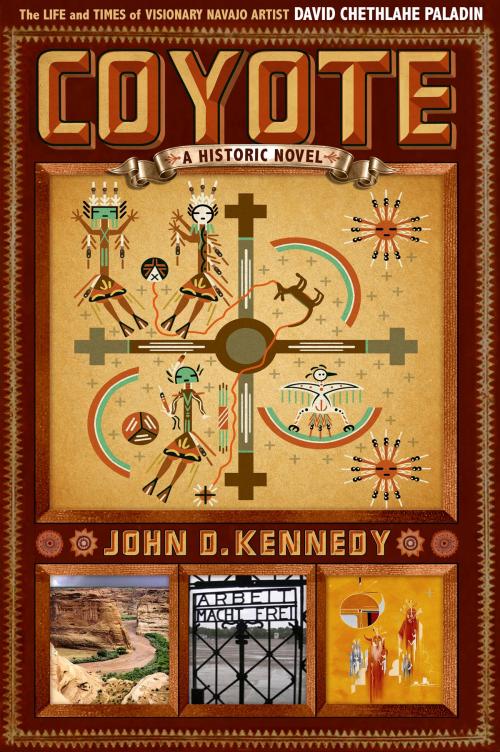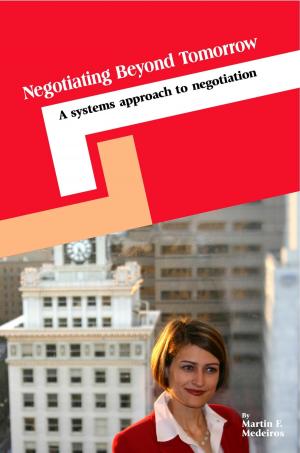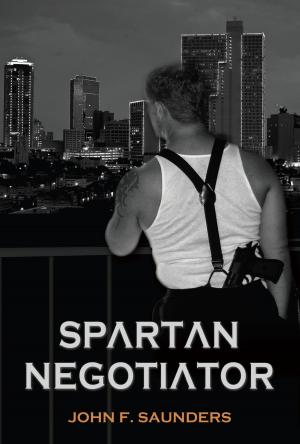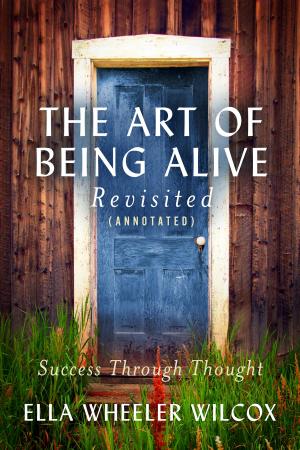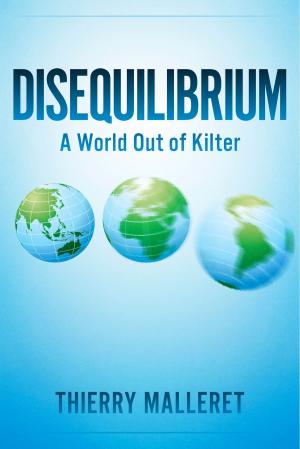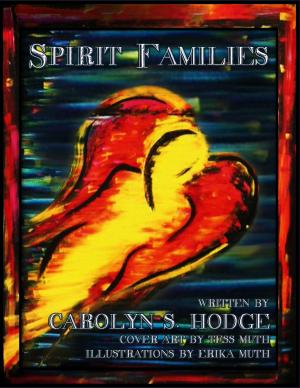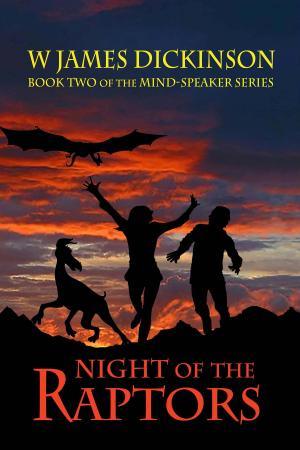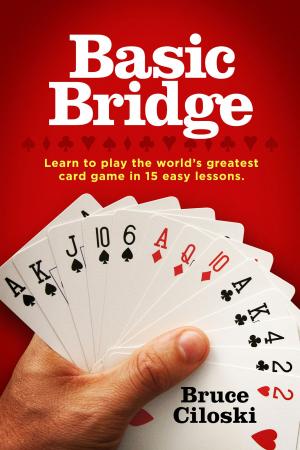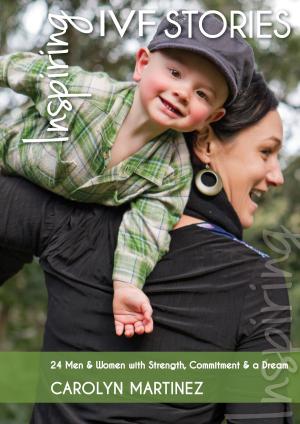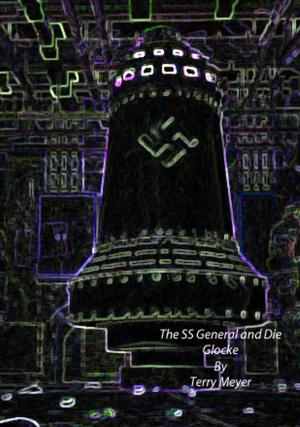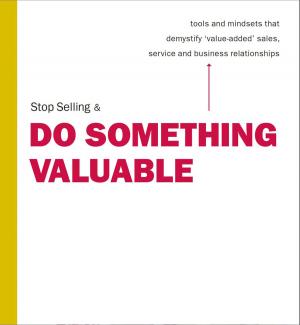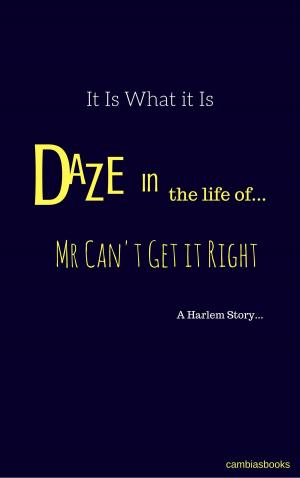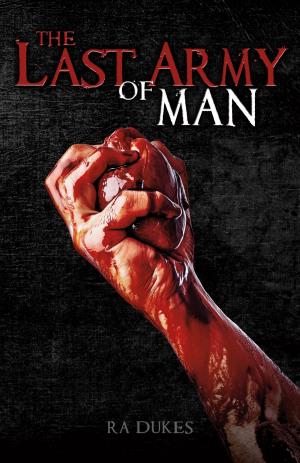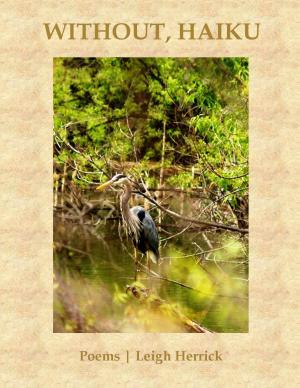Coyote
The Life and Times of Visionary Navajo Artist, David Chethlahe Paladin
Biography & Memoir, Historical| Author: | John D Kennedy | ISBN: | 9781619273948 |
| Publisher: | Bookbaby | Publication: | June 3, 2013 |
| Imprint: | Language: | English |
| Author: | John D Kennedy |
| ISBN: | 9781619273948 |
| Publisher: | Bookbaby |
| Publication: | June 3, 2013 |
| Imprint: | |
| Language: | English |
Societies the world over are populated by people who never overcome economic or social obstacles, while other people in the same societies are able to meet their challenges and seek resolution. Those people survive by their response to events and relationships as they enhance their personality, character, and spirituality. Chethlahe (Chet-la-hey) was his Navajo name. David Paladin was the name given to him at boarding school. His name recognition was based upon whether he was on or off the Navajo reservation. Later in his life he combined his identities and took the name David Chethlahe Paladin. Coyote provided an important life lessons for David Chethlahe Paladin. Known as a trickster, Coyote, according to Navajo mythology, brought light to the world when he sneaked up on the keeper of fire, Black God. While Black God slept, Coyote stole fire. During his journey Coyote was badly burned. Despite his injuries, Coyote was able to return with enough fire to light half of the world; hence, day and night. For Chethlahe the lesson was maintaining focus and direction in his life despite physical and spiritual obstacles. Chethlahe’s life was a series of challenges that included an identity quest that revolved around his Native American spiritualism and Anglo religion. His Indian spiritualism and his quest to understand the white man’s God presented ongoing contradictions and conflicts in his life. He was born of an Anglo, Catholic priest and a young Navajo woman in majestic Canyon de Chelly (shay) on the Navajo reservation. In his sixteenth year he entered World War II as a sabotage agent. Following capture, he became a prisoner in the German concentration camp at Dachau and subsequently endured treatment that no living being should be subjected. During captivity his native spiritualism kept him alive. After the war he returned to his reservation. He was parapelegic and in poor health. Faced with extraordinary obstacles he turned to his culture and spiritual training for healing. The timeline of David’s life is challenging in part because of “Indian time”. This may not be a current, politically correct term. Many people, such as me, who have grown up in Gallup, New Mexico and the surrounding reservations learn, accept, and respect this terminology as particular to Indian way of life. This story is historical fiction since there are some events and dialogue that could not be verified in the first person. It unfolds by threading historical, cultural, and personal events of David’s life with date-certain events during and after World War II. Stories from my grandmother, recollections of my dad, and recorded information from David and his widow, Lynda, are significant to this story. There were names in David’s material that I could not locate or confirm, so I changed their identities. I created some people in the context of the times and events. Unlike many stereotypical narratives of down-and-out life on an Indian reservation, this story reflects beauty and majesty in Navajo life. Having spent most of my life among Indian people, this is also a reflection of my appreciation and admiration of Indian spirituality. Through determination David Chethlahe Paladin became a renowned artist. Upon his death in 1984, Newsweek Magazine noted that he was the most prominent American Indian artist of our time. “A wounded healer and a wounded warrior are one. We can embrace because we've been pushed away. We can heal because we've been torn apart. We can touch people's minds because we have lost our own. We can speak wisdom because our tongues have been cut off and our voices have been denied. We can run like the wind because our legs have been broken." (David Chethlahe Paladin)
Societies the world over are populated by people who never overcome economic or social obstacles, while other people in the same societies are able to meet their challenges and seek resolution. Those people survive by their response to events and relationships as they enhance their personality, character, and spirituality. Chethlahe (Chet-la-hey) was his Navajo name. David Paladin was the name given to him at boarding school. His name recognition was based upon whether he was on or off the Navajo reservation. Later in his life he combined his identities and took the name David Chethlahe Paladin. Coyote provided an important life lessons for David Chethlahe Paladin. Known as a trickster, Coyote, according to Navajo mythology, brought light to the world when he sneaked up on the keeper of fire, Black God. While Black God slept, Coyote stole fire. During his journey Coyote was badly burned. Despite his injuries, Coyote was able to return with enough fire to light half of the world; hence, day and night. For Chethlahe the lesson was maintaining focus and direction in his life despite physical and spiritual obstacles. Chethlahe’s life was a series of challenges that included an identity quest that revolved around his Native American spiritualism and Anglo religion. His Indian spiritualism and his quest to understand the white man’s God presented ongoing contradictions and conflicts in his life. He was born of an Anglo, Catholic priest and a young Navajo woman in majestic Canyon de Chelly (shay) on the Navajo reservation. In his sixteenth year he entered World War II as a sabotage agent. Following capture, he became a prisoner in the German concentration camp at Dachau and subsequently endured treatment that no living being should be subjected. During captivity his native spiritualism kept him alive. After the war he returned to his reservation. He was parapelegic and in poor health. Faced with extraordinary obstacles he turned to his culture and spiritual training for healing. The timeline of David’s life is challenging in part because of “Indian time”. This may not be a current, politically correct term. Many people, such as me, who have grown up in Gallup, New Mexico and the surrounding reservations learn, accept, and respect this terminology as particular to Indian way of life. This story is historical fiction since there are some events and dialogue that could not be verified in the first person. It unfolds by threading historical, cultural, and personal events of David’s life with date-certain events during and after World War II. Stories from my grandmother, recollections of my dad, and recorded information from David and his widow, Lynda, are significant to this story. There were names in David’s material that I could not locate or confirm, so I changed their identities. I created some people in the context of the times and events. Unlike many stereotypical narratives of down-and-out life on an Indian reservation, this story reflects beauty and majesty in Navajo life. Having spent most of my life among Indian people, this is also a reflection of my appreciation and admiration of Indian spirituality. Through determination David Chethlahe Paladin became a renowned artist. Upon his death in 1984, Newsweek Magazine noted that he was the most prominent American Indian artist of our time. “A wounded healer and a wounded warrior are one. We can embrace because we've been pushed away. We can heal because we've been torn apart. We can touch people's minds because we have lost our own. We can speak wisdom because our tongues have been cut off and our voices have been denied. We can run like the wind because our legs have been broken." (David Chethlahe Paladin)
